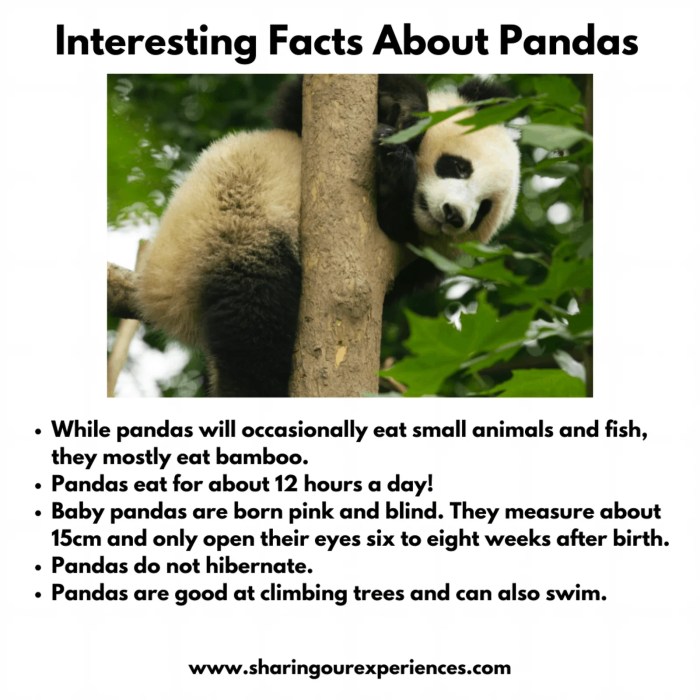
Wild animal behaviors and facts sets the stage for this enthralling narrative, offering readers a glimpse into a story that is rich in detail with entertaining interactive style and brimming with originality from the outset.
From the fierce hunting strategies of big cats to the intricate social structures of primates, the world of wild animals is a captivating tapestry of fascinating behaviors and remarkable facts waiting to be uncovered.
ANIMALS LIVESTOCK
Livestock animals play a crucial role in agriculture and food production worldwide. These animals are raised for various purposes, including meat, milk, wool, and other products. Let’s explore some examples of common animals in livestock farming and understand the key differences between livestock and wild animals.
Common Livestock Animals
- Cattle: Cattle are one of the most common livestock animals raised for meat and dairy products.
- Sheep: Sheep are primarily raised for their wool, meat, and milk.
- Pigs: Pigs are raised for pork production and other by-products.
- Chickens: Chickens are raised for their meat and eggs.
Differences between Livestock and Wild Animals
- Domestication: Livestock animals have been domesticated over generations for specific purposes, while wild animals live in their natural habitats.
- Behavior: Livestock animals often exhibit behaviors that are a result of selective breeding and domestication, whereas wild animals display natural instincts for survival.
- Dependency: Livestock animals rely on humans for care, feeding, and shelter, unlike wild animals that fend for themselves in the wild.
Importance of Livestock in Agriculture and Food Production
Livestock play a vital role in agriculture by providing a sustainable source of meat, dairy, eggs, and other products for human consumption. They contribute to the economy and food security of many countries, supporting livelihoods and nutritional needs. Additionally, livestock farming helps in the utilization of marginal lands and nutrient recycling, making it an essential component of the agricultural sector.
WILD ANIMALS

Wild animals display a wide range of behaviors in their natural habitats, shaped by their need to survive and thrive in often challenging environments. These behaviors are fascinating to observe and study, offering insights into the complex lives of these creatures.
Adaptation to Environments
Wild animals have evolved remarkable adaptations to suit their environments. From the camouflage of chameleons to the powerful legs of kangaroos, each adaptation serves a specific purpose in helping the animal survive and reproduce. These adaptations are the result of millions of years of natural selection, where only the traits that offer a survival advantage are passed down to future generations.
Hierarchy and Social Structures
In many wild animal groups, a clear hierarchy and social structure can be observed. This is particularly evident in species such as wolves, lions, and elephants, where individuals within the group have specific roles and responsibilities. Dominance hierarchies determine access to resources such as food and mates, with the strongest and most dominant individuals typically occupying the top positions. Social bonds are also crucial in these groups, with communication and cooperation playing key roles in ensuring the group’s survival.
Last Word

As we conclude this exploration into the wild side of nature, we are left with a deeper appreciation for the complexities of animal behavior and the wonders of the natural world. Dive into the world of wild animal behaviors and facts, and let your curiosity roam free in the untamed wilderness.
Essential Questionnaire
Do wild animals really form close-knit social bonds?
Yes, many wild animals exhibit strong social structures and form bonds within their groups to ensure survival and cooperation.
How do wild animals communicate with each other?
Wild animals use various methods of communication such as vocalizations, body language, and scent marking to convey messages and establish hierarchy.
What are some surprising facts about wild animal behaviors?
Wild animals showcase a wide range of behaviors, from tool usage in primates to complex hunting strategies in carnivores, highlighting their intelligence and adaptability.





